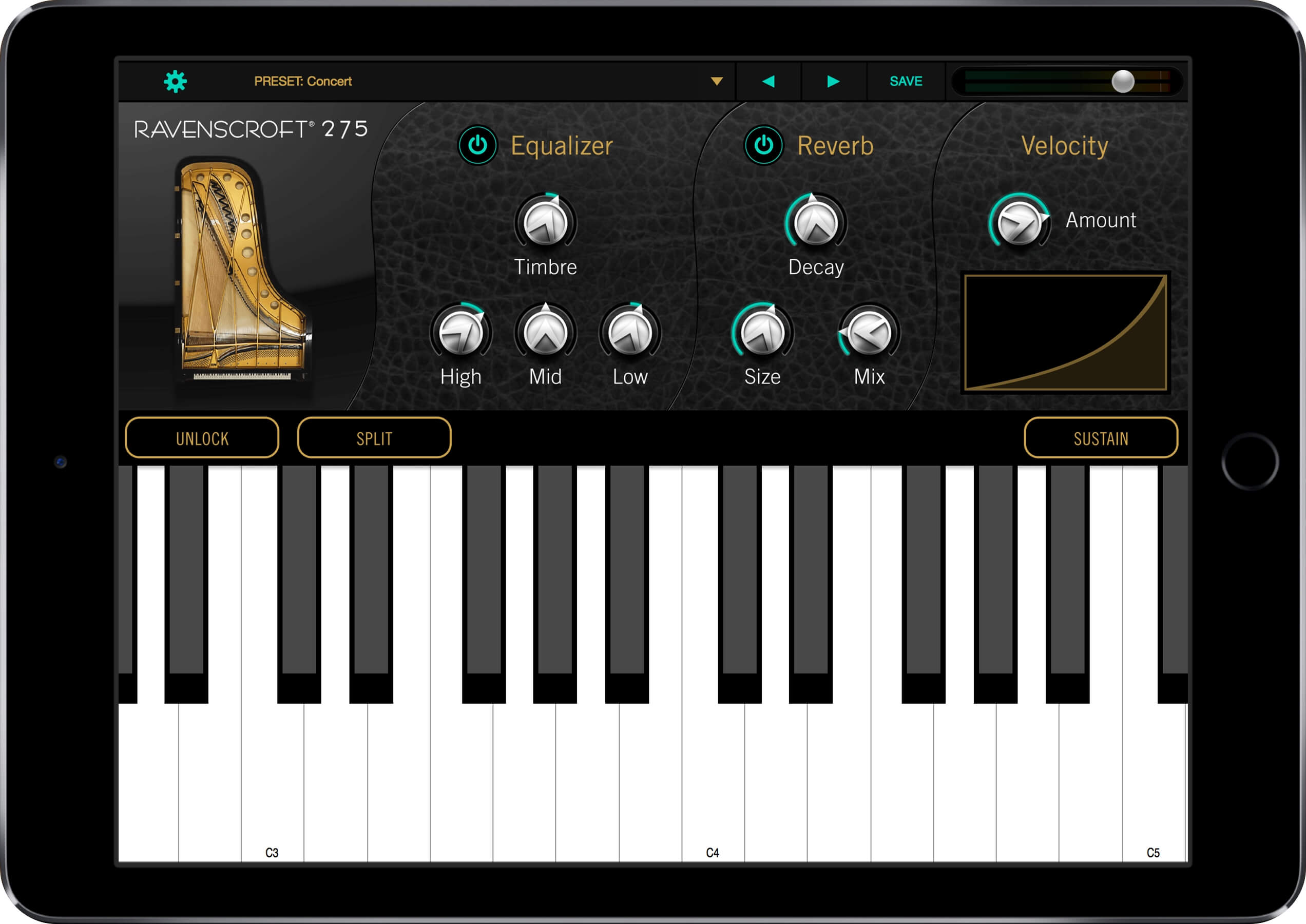
You should be able to do most anything they do in those clips inside the Ivory2 engine.

While I'm always up for passing on technical info, I think you're overcomplicating this. I'd venture that there is near zero processing (outside their UI) on the clips posted of Ivory. When you hit "mono" on your monitor controller, you ARE functionally soloing the "sum" or "mid" component only.įunctional: But, that's not the "secret". It was largely a vinyl mastering engineering thing in the past.Anyway-on top of included Frequency, though.you'll need to either learn to set up a M/S matrix in your DAW or get something like Voxenego's free M/S encoder/decoder-for the purpose of soloing the difference signal. It's a band aid for a lot of things that are "bad audio recording", not normal "mixing" techniques. I'm not sure you could find many mix engineers who could set up a sum/difference (the original and more accurate name for that) matrix on their desk. Technical: The "Frequency" plug in in Cubase will work in mid/side on a per band basis. If you really need to FIX the phase correlation of a stereo mic'd piano.Voxengo's PHA79 will allow the tiem delay and 360deg polarity adjustement of each channel with a built in frequency based (which is more detailed than old school) phase correlation meter.

For mixes with no acoustic piano, I never have issues.as soon as there's an acoustic piano (or good sample OF one).I end up checking correlation with the piano tracks MUTED.and then bring them in and dialing it where they change the LEAST on mono collapse. Most digital pianos (meaning hardware) have pretty solid phase correlation-one of the reasons they don't sound real. They get less realistic the more correlation you get. Phase correlation (metering) of stereo mic'd pianos is usually sketchy.

I feel like Logic you need some plug in to get into how it's panned? But, it's there. Cubase you can right click on the panner and select which. Where dual panning will sum the left and the right to mono and place it on the left of the spectrum. True stereo panning-dual panning it's often called, will sum signals and thus cancel more, where a "balance panner" will simply make R or L louder as you move it to that side-so at full left, it's going to ONLY play the left microphone channel. Were the "demos" you're referring to with Ivory set to mono itself? There's a stereo width knob that can be set to 0%.Īnother thing to look at it how your DAW pans a stereo instrument.


 0 kommentar(er)
0 kommentar(er)
